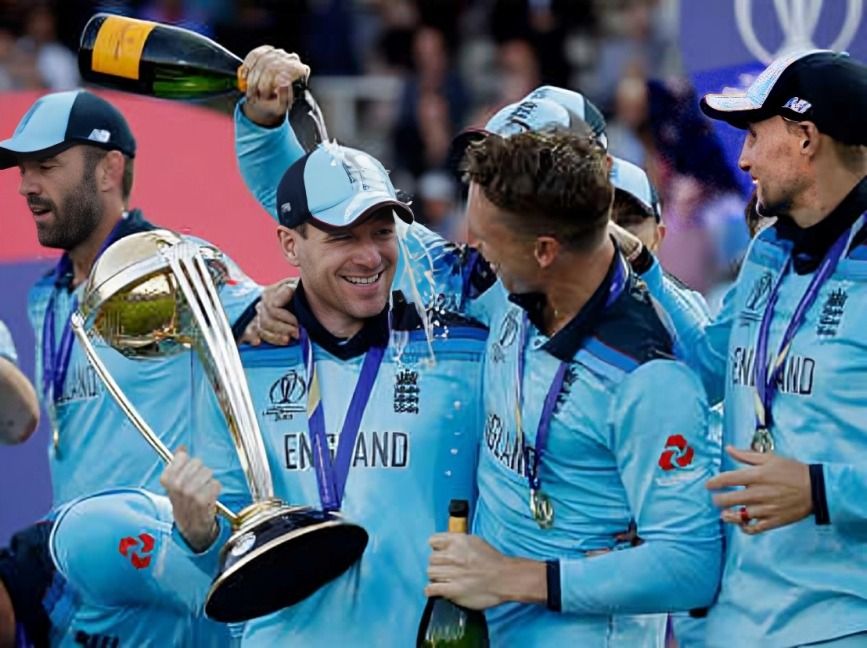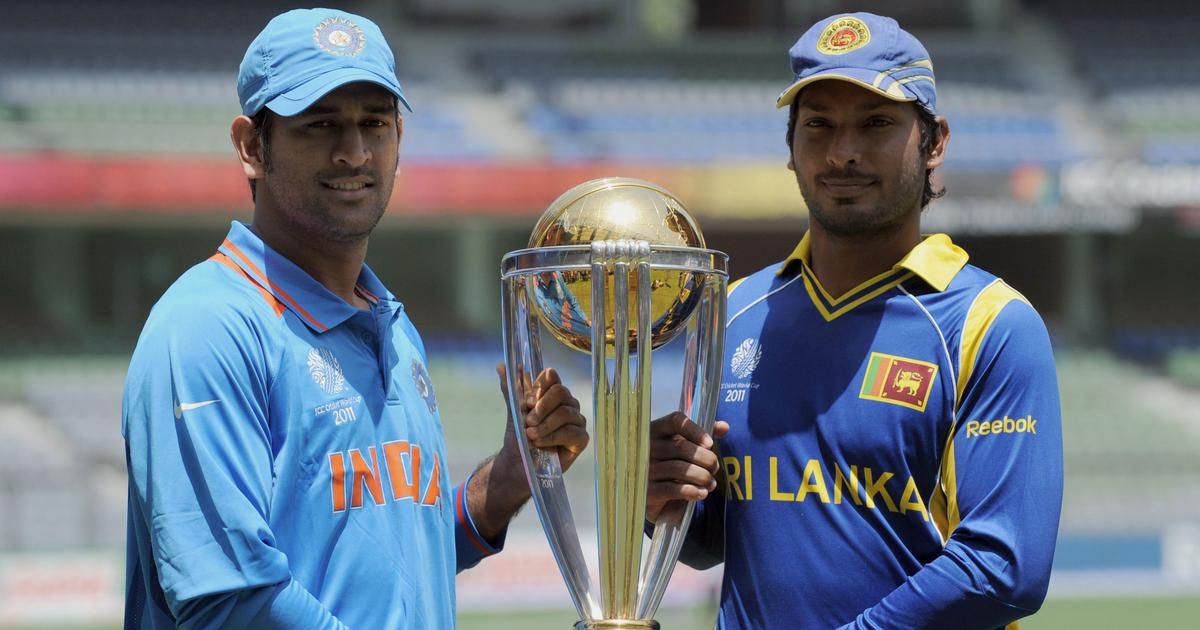
International cricket tournaments are essential in shaping the sport’s global popularity, drawing together top teams and players from around the world. These tournaments, including the ICC Cricket World Cup and regional competitions, highlight fierce competition and national pride. In this blog, we will uncover 20 International Cricket Tournaments Facts, exploring their historical significance, unforgettable moments, and the pivotal role they play in cricket's global evolution. Whether you're a dedicated fan or just discovering the game, these facts will offer deeper insights into cricket's most prestigious events. Join us as we explore the fascinating world of International Cricket Tournaments Facts! 1
The ICC Cricket World Cup, first held in 1975, is the oldest and most prestigious international cricket tournament, with both men’s and women’s editions. It features the world’s top teams in a 50-over format competition. 2
The ICC T20 World Cup, launched in 2007, focuses on the fast-paced Twenty20 format. Known for its explosive matches, it draws global attention, with shorter, high-energy games that appeal to newer and younger cricket fans. 3
The Cricket World Cup trophy symbolizes the spirit of the game, crafted from 24-carat gold and weighing an impressive 11 kg, showcasing the prestige and excellence associated with this prestigious tournament. 4
The International Cricket Council (ICC) initiated the ICC T20 Global Qualifier in 2008. It allows non-Test-playing nations to compete for a spot in the ICC T20 World Cup, promoting cricket’s growth in emerging cricketing nations. 5

In the thrilling 2019 World Cup final, England and New Zealand both finished with 241 runs. This led to a dramatic Super Over, where England ultimately emerged victorious based on the boundary count rule, creating unforgettable memories.
The World Cup format has significantly evolved from its initial 60-over structure in 1975 to the current 50-over format. Additionally, T20 World Cups now showcase thrilling matches with just 20 overs per side, increasing excitement for fans. 6
Australia holds the record for the most Cricket World Cup titles, having won the tournament five times. Their victories in 1987, 1999, 2003, 2007, and 2015 demonstrate the nation’s enduring dominance in international cricket competitions. 7
Hosting the tournament can provide significant advantages to teams; countries like India and Sri Lanka have historically won the World Cup on home soil. Local support and familiar conditions greatly contribute to their success during these events. 8
The ICC World Cup has expanded over the years; the 2019 edition featured a record 48 matches, showcasing the tournament's growth. This increase in matches provides fans with more opportunities to enjoy thrilling cricket action. 9
The first Women’s Cricket World Cup was held in 1973, two years before the men's version. This significant event highlights the long history and evolution of women's cricket, paving the way for future generations of female cricketers. 10
Chris Gayle holds the record for the most runs scored in T20 World Cup history, accumulating an impressive 749 runs across the tournaments he participated in. His extraordinary batting prowess has made him a fan favorite worldwide. 11
The highest partnership in a World Cup match is an astounding 372 runs, achieved by India’s Sachin Tendulkar and Rahul Dravid against Sri Lanka in 1999. This remarkable feat demonstrates exceptional teamwork and skill on the cricket field. 12
The inaugural ICC T20 World Cup took place in 2007 in South Africa, introducing an exciting new format that quickly gained immense popularity. This tournament transformed the landscape of international cricket, appealing to a wider audience. 13

The 2011 World Cup final had a record attendance of over 40,000 spectators at the Wankhede Stadium in Mumbai. The electrifying atmosphere created by fans witnessing the championship clash added to the excitement of the event.
Cricket ranks among the most popular sports globally, with major tournaments broadcast in over 200 countries. This widespread reach unites fans, showcasing the sport's appeal and cultural significance across diverse nations and communities. 14
The West Indies dominated the early years of the World Cup, winning the first two editions in 1975 and 1979. Their formidable talent and impact on the game significantly influenced the growth of cricket globally, inspiring future generations. 15
The ICC Champions Trophy, launched in 1998, offers top cricketing nations a stage to display their skills. This tournament features intense limited-overs matches, contributing to the sport's competitive edge and elevating the global cricketing landscape. 16
The ICC Women's T20 Challenge, first held in 2018, is a mini T20 league in India aimed at growing women's cricket. It features top international and Indian players, showcasing the talents of women cricketers and expanding their global visibility. 17
In 2001, the ICC introduced a Ten-Year Plan, ensuring all full members played each other in Test cricket home and away from 2002 to 2011. This rigorous schedule raised concerns about player burnout and the intense international cricket calendar. 18
The ICC Women's Under-19 T20 World Cup, scheduled for its inaugural edition in 2023, aims to showcase the next generation of women cricketers, providing young talents with a global platform to compete and develop their skills in the T20 format. 19